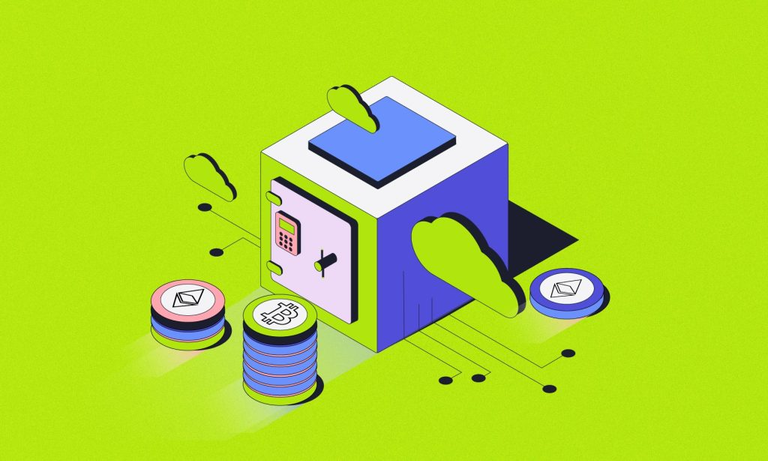Happy Wednesday to all lions and hivers today. In this post, it is an interesting topic in which you will be able to learn about the POS system. Even if you are new to the crypto world, you can hear the word "staking" very easily because it is the most common and most used word in the cryptocurrency field. The proof-of-work model is good, but it consumes lots of energy, which is why networks move away from it. Here, we are going to learn more about what staking actually is and, along with this, the proof-of-stake cryptocurrencies. So, even if you are new to crypto, you will be able to understand it easily.

The Basics of Proof of Stake
Have you ever heard consensus machanism? If yes, then this is proof of stake. You know there is no use of lots of computing power like we see with Bitcoin and Litecoin. Proof of stake relies on locked assets by the users, and this locked asset will be called a stake, and the system works around this.
If you want more skin in the game, then you have to stake more crypto assets; this is the idea of POS. So here, you may ask what is in the return for you so you will get the opportunity to validate transactions, and also you can earn rewards, and that's the reason staking is useful.
Staking: More Than Just Holding
Remember, guys, holding and staking are two different things, so if you have decided to stake your crypto, then you are locking your crypto for the time period that is decided in the system. Now, after successful staking, you are also a participant in the network, and according to your staking amount, you can add new blocks as a validator.
However, it is not like you can stake a tiny amount and become a validator, but there is a condition and minimum staking requirement to run a special node, and it can be different in different blockchan networks. Here is the best example of Ethereum. If you want to become a validator, you must have 32 Ethereum tokens, and this will make you a full validator of the network. Even if you do not have that much ether, you can participate in pool staking using the exchanges.
What’s in It for You?

Earning rewards is the main incentive, and most of the time, it pays in the same crypto asset, or it can be in a stable coin. This reward you get comes as a transaction fee or newly minted tokens. There is no fixed and exact return that the network promises to you; it varies on multiple factors, and every chain has a different APR. This is risky, too, because you can face penalization if your behavior is bad, and there are two main things that are considered bad behavior, validating wrong transactions and staying offline fo
Why It Matters
Staking is all about functioning the whole blockchain, and the whole POS blockchain depends on it, so it is not just a passive income source, but it is a lot. If you are participating in staking, then you are going to validate transactions, securing the network, and this way, you are keeping things stable and running smoothly. This system is great because you don't need to pay high electricity bill.
I hope you got everything you needed to be shared here, and if you feel this information is interesting, then you must share it on web 2.0 platforms. Thanxall..

"Your time is limited, so don't waste it living someone else's life. Don't be trapped by dogma — which is living with the results of other people's thinking." -Steve Jobs
MESSAGE ME ON telegram(@faiz19711)
Posted Using INLEO
Discord Server.This post has been manually curated by @bhattg from Indiaunited community. Join us on our
Do you know that you can earn a passive income by delegating your Leo power to @india-leo account? We share 100 % of the curation rewards with the delegators.
100% of the rewards from this comment goes to the curator for their manual curation efforts. Please encourage the curator @bhattg by upvoting this comment and support the community by voting the posts made by @indiaunited.